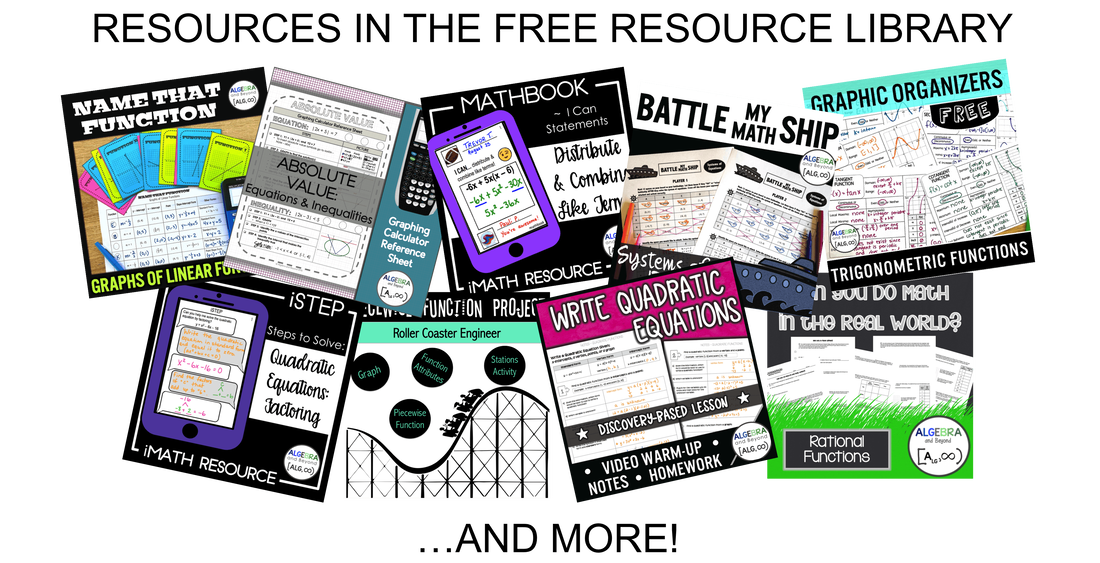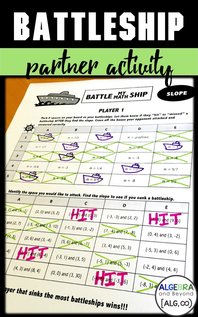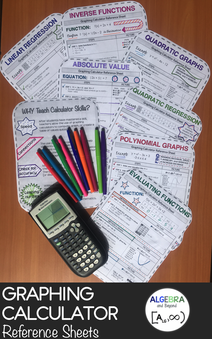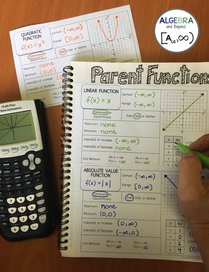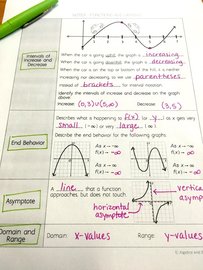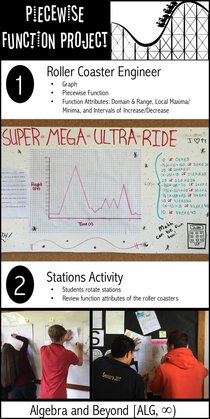|
What are iMath activities? iMath is a series of activities designed with the intent to engage students in math by putting a fun twist on their favorite phone apps* - Facebook, iMessage, Instagram, and Tumblr. Each iMath activity covers different skills in a unique way. Students add each activity to their phone/tablet template that can be on display in the classroom. Below is a description of DOODLR, which is meant to model Tumblr. *None of these activities are actual digital apps or affiliated with the app they are modeling. 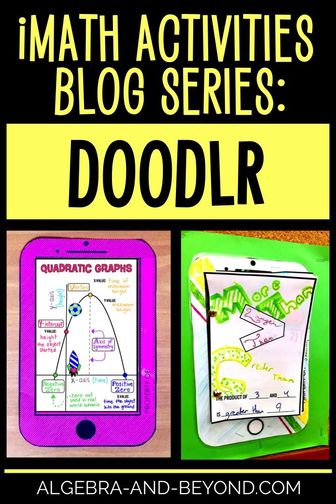 
What is the purpose?
Making connections! Sometimes students can best understand concepts when they connect visual graphs, symbols, etc. with words. This activity gives students the opportunity to do just that in a creative and fun way. If your students already love doodle notes, then they for sure will love this activity! Students are able to let their creative side shine in this activity. How do I use this in my classroom? This really can be used at any time, which makes it an amazing activity to have available. I have used it in a station, after an assessment, or when a student has completed all tasks for the day and needs an extra activity to work on. Hey, anytime can be doodle time! Which app does this activity model? Doodlr is meant to represent the Tumblr App. Students are given a sheet to connect symbols and words. Ok, maybe Tumblr isn’t the most popular app among this generation, but doodling is definitely trending right now!!!
How do you do this activity?
Step 1 – Students will need one Doodlr sheet and the word bank to help determine terms and phrases associated with each symbol or graph. The word bank sheet can be shared within a group of students. Step 2 – On each sheet, students write words and/or phrases that are associated with symbols or parts of a graph or equation. There is extra room for doodles that help make these connections! Step 3 – Add the sheet to the phone/tablet template and hang the activity on the wall or bulletin board. Presto...students are able to make valid math connections both visually and verbally! Add more iMath activities to show mathematical growth and use for review at the end of the year.
What’s included in each Doodlr activity?
Want to learn about the other iMath Activities? You can! I will be blogging about each activity. The next post will be about Errorgram (Instagram). Check out the other posts on Mathbook and iStep. Click below to go directly to ALL my iMATH activities:
2 Comments
What are iMath activities?
iMath is a series of activities designed with the intent to engage students in math by putting a fun twist on their favorite phone apps* - Facebook, iMessage, Instagram, and Tumblr. Each iMath activity covers different skills in a unique way. Students add each activity to their phone/tablet template that can be on display in the classroom. Below is a description of iSTEP, which is meant to model iMessage. *None of these activities are actual digital apps or affiliated with the app they are modeling. 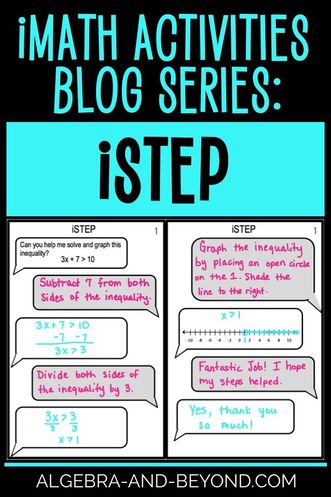 
What is the purpose?
COMMUNICATION! Often students can solve a math equation, but have a difficult time verbally explaining what they are doing. This activity addresses this problem. Each student is to “text” with a friend who needs help with a math concept. Their classmate asks how to solve an equation and the student has to explain each step needed in order to get a solution. Then their classmate “texts” back showing the algebra they did to complete the step. I LOVE how these activities have transformed how students think and discuss math in class!!! How do I use this in my classroom? The day before an assessment I set up review stations. Each station has an activity that covers a different concept students will see on the assessment. I use iStep at one station and other stations may include Battle My Math Ship, Name That Function, or an activity from some of my favorite TpT friends: Kacie Travis, All Things Algebra, Mrs E Teaches Math, Free to Discover, Scaffolded Math and Science, or Math Giraffe. Which app does this activity model? iStep’s design is similar to texting in iMessage, WhatsApp, or any other form of texting app. Let’s face it, texting is one of the most popular ways people communicate with each other in this day and age. So let’s have students do it with math too! 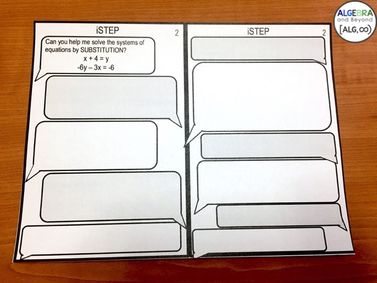 
How do you do this activity?
Each student will… Step 1 – Need one iStep sheet. Step 2 – Read the question in the first bubble on the left, which is meant to be a text from their classmate. Step 3 – Use the first text bubble on the right to write in words the first step needed to solve the problem. Step 4 – Each student then trades sheets with a classmate. The classmate is to follow the student’s written step and use the second text bubble on the left to show their algebra. Step 5 – Students trade sheets back and forth until the math problem is solved. Step 6 – The last two text bubbles are for students to write a positive message and a closing. Step 7 – Add the sheet to the phone/tablet template and hang the activity on the wall or bulletin board. BOOM...students are able to communicate with each other on how to solve math equations! Add more iMath activities to show mathematical growth and use for review at the end of the year.
What’s included in each iStep activity?
Want to learn about the other iMath Activities? You can! I will be blogging about each activity every week for the next few weeks. The next post will be about Doodlr (Tumblr). Check out the last post on Mathbook. If you’d like to try an iMath activity for FREE, you can find the following in my Resource Library, so sign up here:
Click below to go directly to ALL my iMATH activities:
|
Hello there,
|
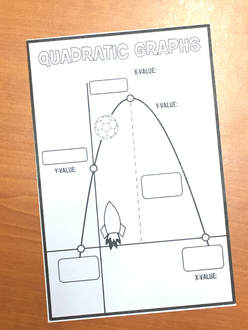
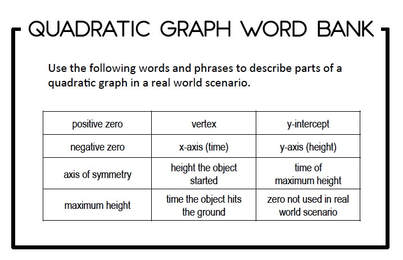
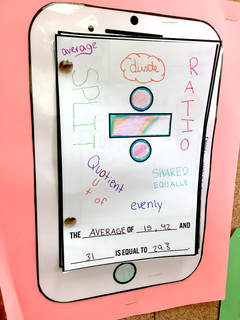
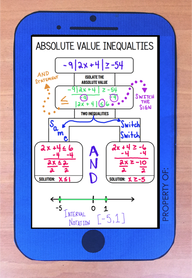
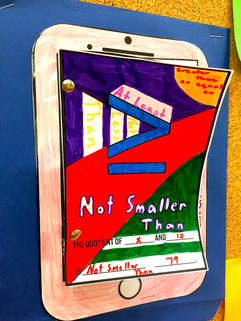
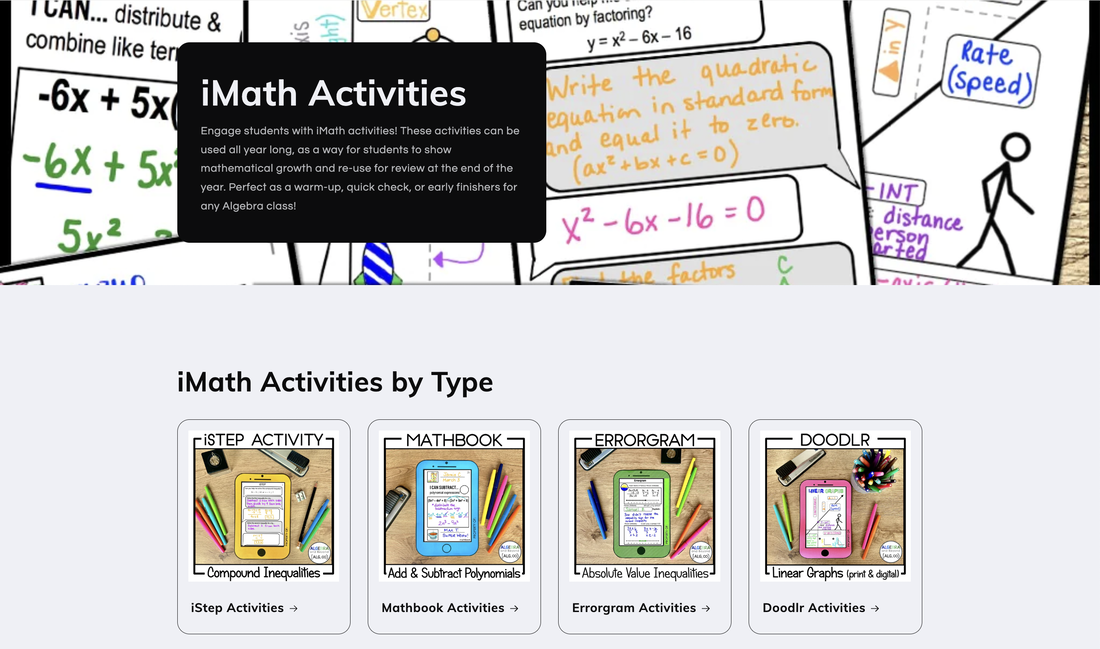

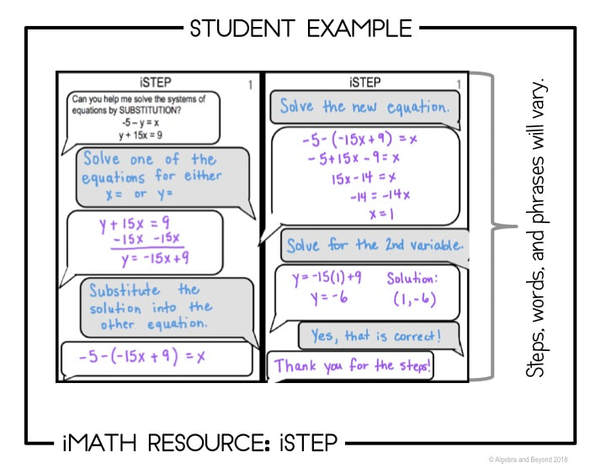
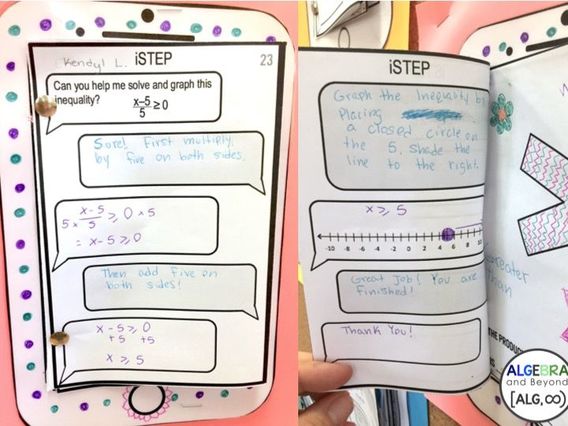
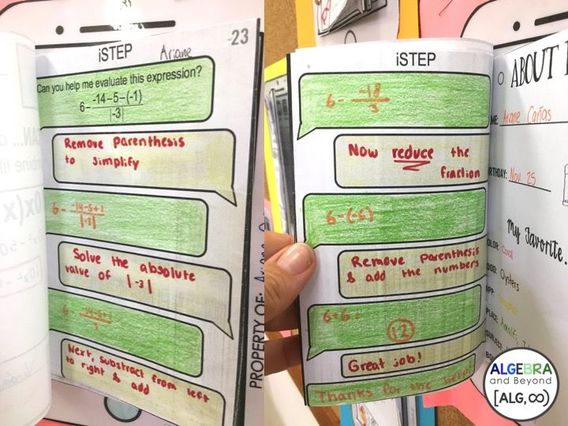
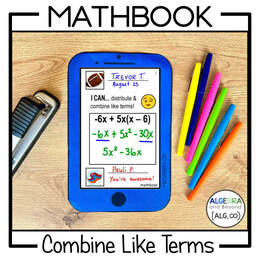
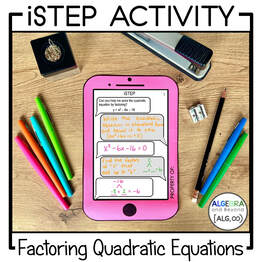



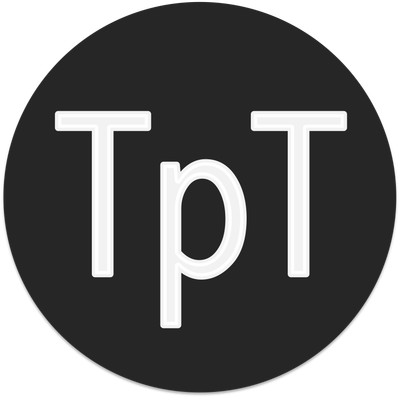

 RSS Feed
RSS Feed

